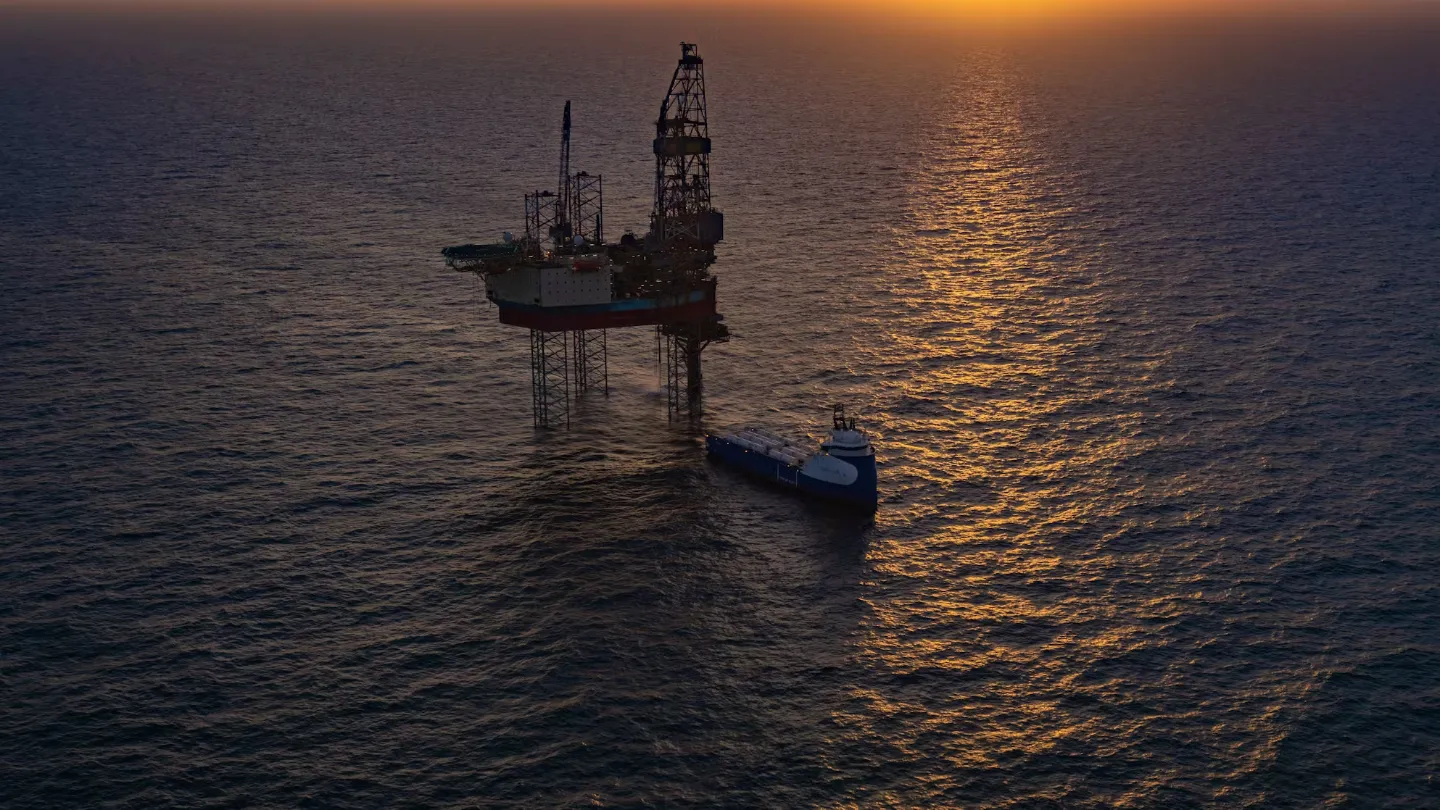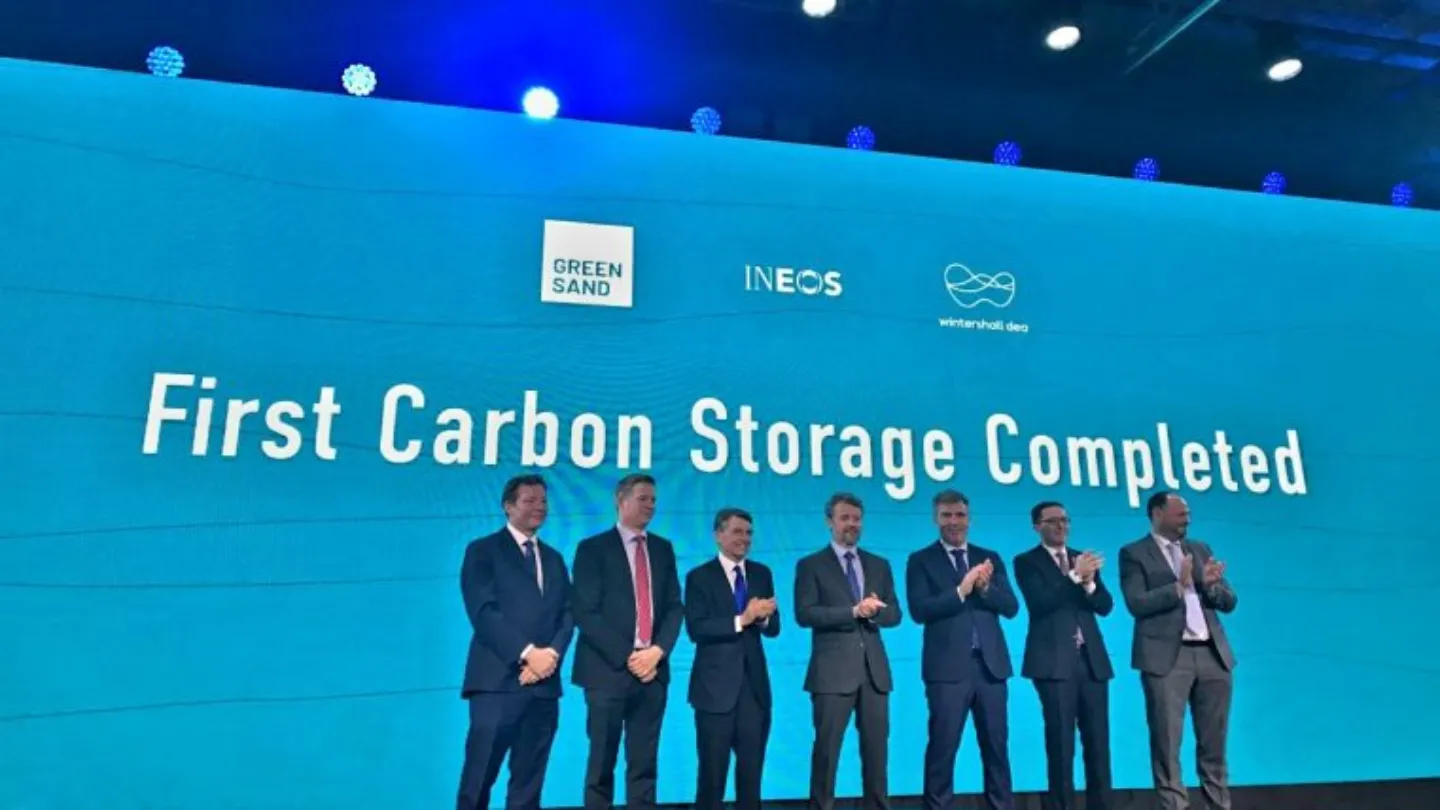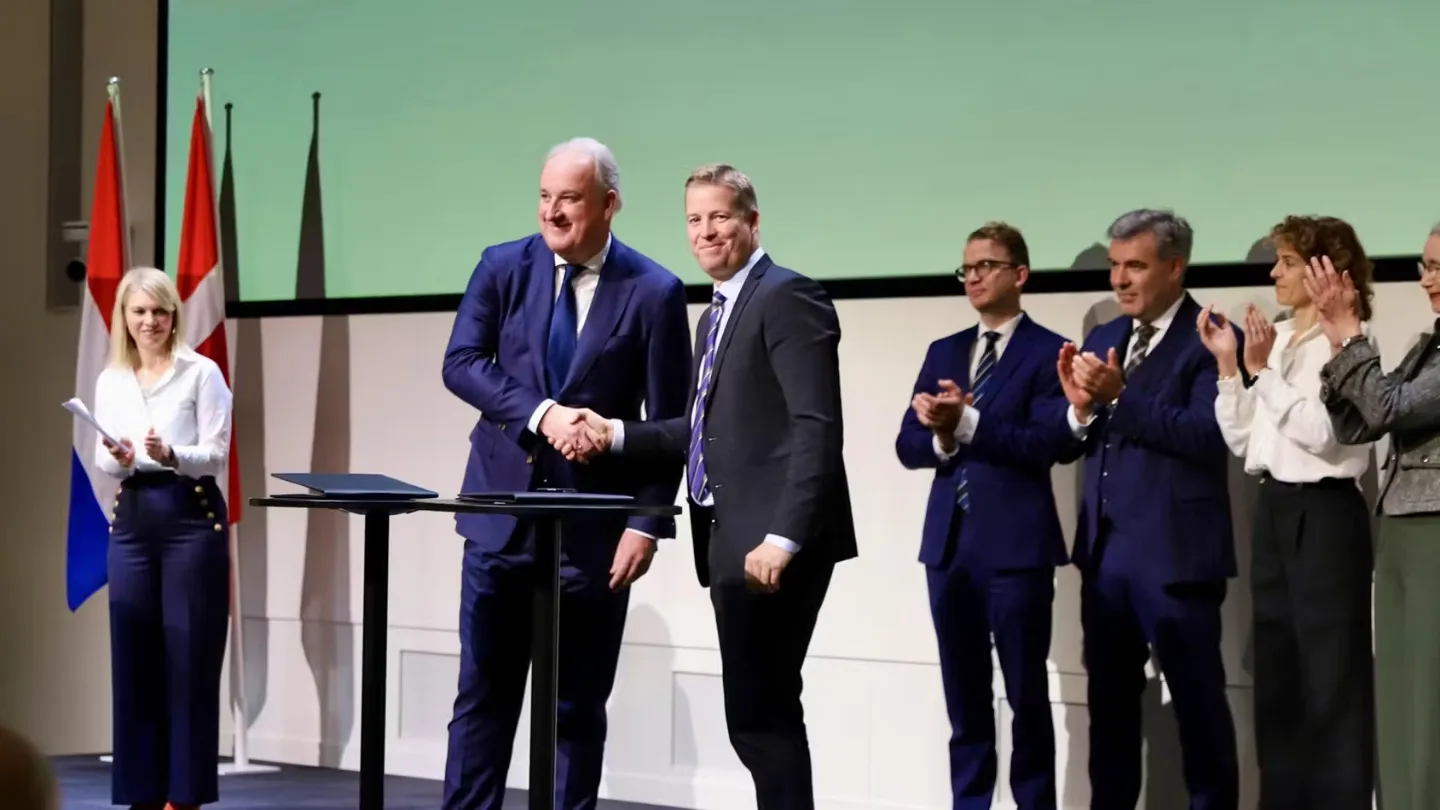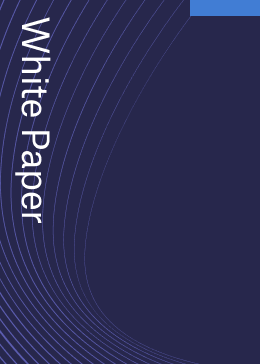Greensand Future is a carbon dioxide storage project situated in the Danish North Sea.
The carbon capture and storage (CCS) facility is expected to begin storage operations at the end of 2025/ or early 2026, a milestone that will make it the first operational CO2 storage facility in the European Union (EU) intended to mitigate climate change.
The main partners of the project are INEOS Energy Denmark (operator), Harbour Energy and the Danish State Subsurface Resource Company Nordsøfonden. Harbour Energy became one of the partners of Greensand Future following its acquisition of Wintershall Dea asset portfolio in 2024.
Initially, Greensand Future seeks to capture and store 400,000 tonnes of carbon dioxide annually. Gradually, the capacity will be increased to 8 million tonnes per year by 2030.
The partners took the Final Investment Decision (FID) on Greensand Future project in December 2024. The step will facilitate investments of more than $150m across the CCS value chain to scale storage capacity.
Greensand Future CCS Location
Project Greensand Future will use the depleted reservoir in the Nini West field to store captured carbon dioxide. The rock above the Nini West reservoir is stable and chemically inert, and it is documented to effectively hold back CO2.
The Nini field is located in the Danish North Sea, around 170km off the west coast of Denmark.
The field comprises three segments- Nini West, Nini Main and Nini East. Nini West and Nini Main are produced from the Nini A platform, while Nini East is produced from Nini B.
The Nini site is part of a larger area with oil reservoirs called the Siri Canyon, a large underwater depression in the North Sea.
Greensand Pilot Project
In March 2023, Project Greensand officially began a pilot operation with carbon dioxide shipped from a chemical facility in Antwerp, Belgium, to Danish North Sea.
The project involved 23 industry, government and research organisations. It also received DKK197m (€26.5m) funding from the Danish Government’s Energy Technology Development and Demonstration Program.
The partners submitted the final report from the pilot project in September 2024. The successful pilot demonstrated that CO2 can be safely stored permanently in the closed Nini West reservoir 1,800m below the North Sea seabed.
Greensand Future Project Details
The Project Greensand Future Environmental Impact Assessment (EIA) report outlines the plan to repurpose existing oil and gas infrastructure at the Nini A offshore platform for permanent carbon dioxide storage.
Some minor modifications will be made to above-water components to accommodate this new function.
The existing platform riser will be retained, with a flowline replacement leading to the injection well. A new offloading system will be installed to transfer CO2 from the transport vessel to the Nini A platform.
This system will include a 6-inch fixed pipeline connected to Nini A; subsea pipeline sections covered with concrete mattresses; a flexible riser with a buoyancy element; and a hose-end valve. Additionally, two anchor blocks will support the stability of the pipeline end.
Liquefied carbon dioxide will be transported from Esbjerg harbour to the Nini A platform via a modified platform support vessel in deck-mounted tanks.
The vessel will be specifically modified with equipment to load and unload CO2 via a flexible hose connected to the injection pipeline to the Nini A well.
The distance from Esbjerg to the Nini A platform is approximately 127 nautical miles (235 km). The CCS project is expected to support up to 130 injection cycles expected annually.
A seismic reservoir monitoring programme using 2D seismic technology will track the movement and presence of CO2 within the reservoir. A seabed-based leakage detection system will also be installed to identify any accidental CO2 leakages from the reservoir or legacy wells.
In the first phase, the carbon dioxide will be liquified at Danish biomethane production plants before shipment.
The injection phase is expected to last eight years, followed by 20 years of site monitoring.
Contractors Involved
In the Greensand pilot phase, Danish multinational architecture, engineering, and consulting company Ramboll was selected to conduct environmental assessments, risk analyses and flow assurance studies.
The results of Project Greensand were verified by the independent and risk, verification and standardisation services provider DNV.
INEOS contracted Aquaterra Energy to work on the life extension of the Nini platform and repurposing it for carbon dioxide injection.
In November 2024, INEOS and Royal Wagenborg entered into an agreement on the delivery of CO₂ transportation. Under the multi-year agreement, Royal Wagenborg will supply a newly built CO₂ carrier for Project Greensand.





